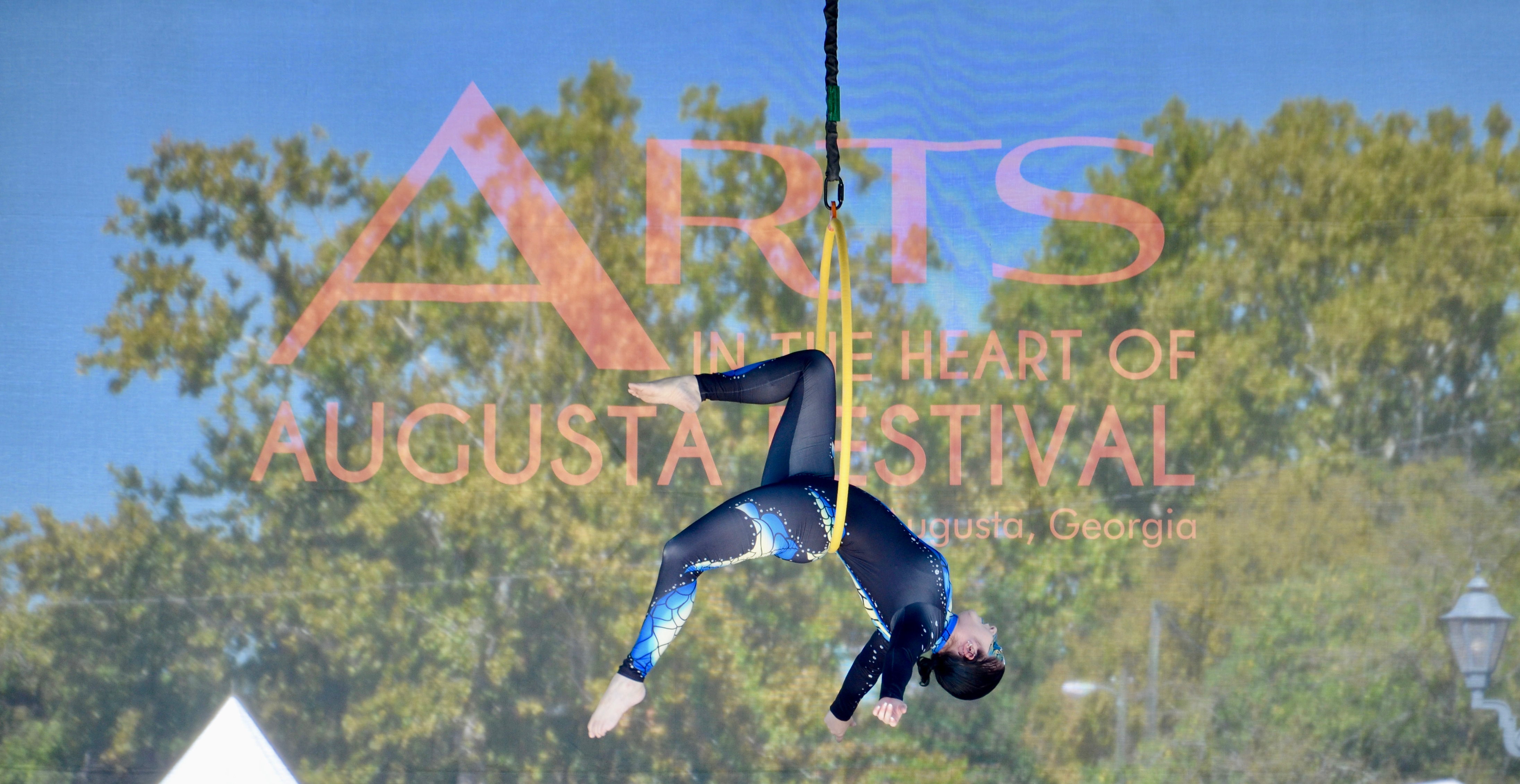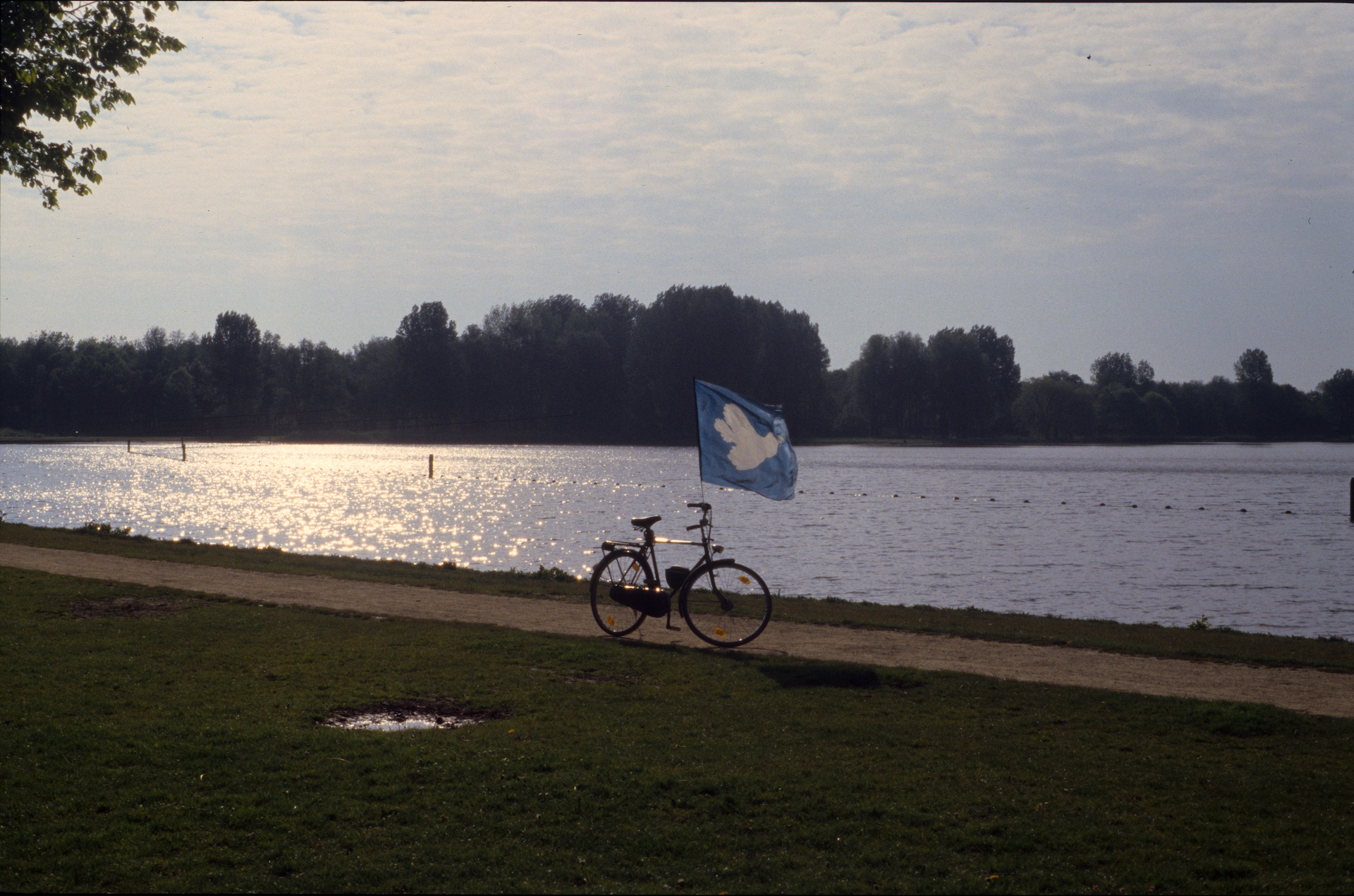Salesforce Queries and Proxies in Drupal 8
The Drupal 8 version of the Salesforce Suite provides a powerful combination of features that are ready to use and mechanisms for adding custom add-ons you may need. What it does not yet have is lots of good public documentation to explain all those features. A recent support issue in the Salesforce issue queue asked for example code for writing queries. While I’ll address some of that here, there is ongoing work to replace the query interface to be more like Drupal core’s. Hopefully once that’s complete I’ll get a chance to revise this article, but be warned some of those details may be a little out of date depending on when you read this post. ...

